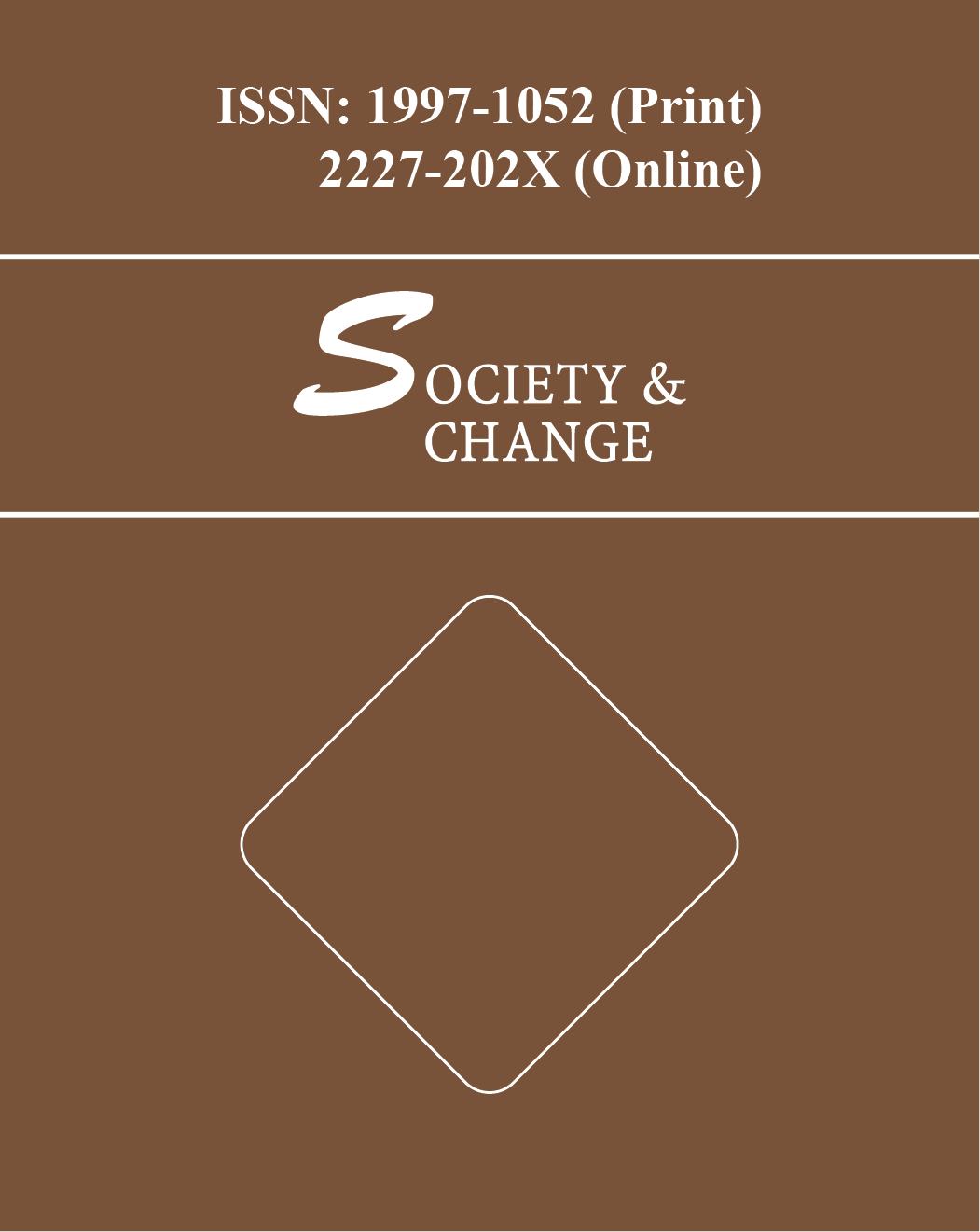Education is the backbone of any society and country. Our country got independence since long, but till today, it has not been able to achieve full literate. Few states have done well in this field, where the literacy rate is above the national average. Mizoram is one of them. Mizoram is the second largest literate state in India as per the census of 2011. It shows the seriousness of the state government as well as its education policy, which leads this state to become second literate state in India. Mizoram is one of the states of the North Eastern India, sharing borders with the states of Tripura, Assam, and Manipur and with the neighboring countries of Bangladesh and Myanmar. Since independence Mizoram was a district of Assam, and was counted as most backward area. The specified region was suffering from insurgent groups for freedom and statehood. Government of India declared this region as Union Territory in the year 1971. Mizoram became the 23rd state of India on 20 February 1987. The state covers an area of 2.1 million hectare and has a population of approximately 1.09 million. Around 60 per cent of the population of the state depends on agriculture. Mizoram has 8 districts with a total urban population of roughly 5.7 million and 5.2 million rural population as per the 2011 census. The year when Mizoram declared as Union territory 1971, it was enjoying a literacy rate of 53.8 percent, which was higher than the national average of 34.45; it further increased to 91.58 percent in 2011 census only after the state of Kerala which is 93.91 percent. In this paper an attempt was made to analyze the education system in the state of Mizoram with special reference to school education. It will further analyze the government participation, private participation and public-private participation (Joint mode) of schools, and the role of missionaries in the states of Mizoram. We will further analyze the factors responsible for popularization of education among the indigenous people and higher level of literacy rate in the state. For this study both primary and secondary data were used and analyses were done on simple statistics.



 Additional Indexing
Additional Indexing